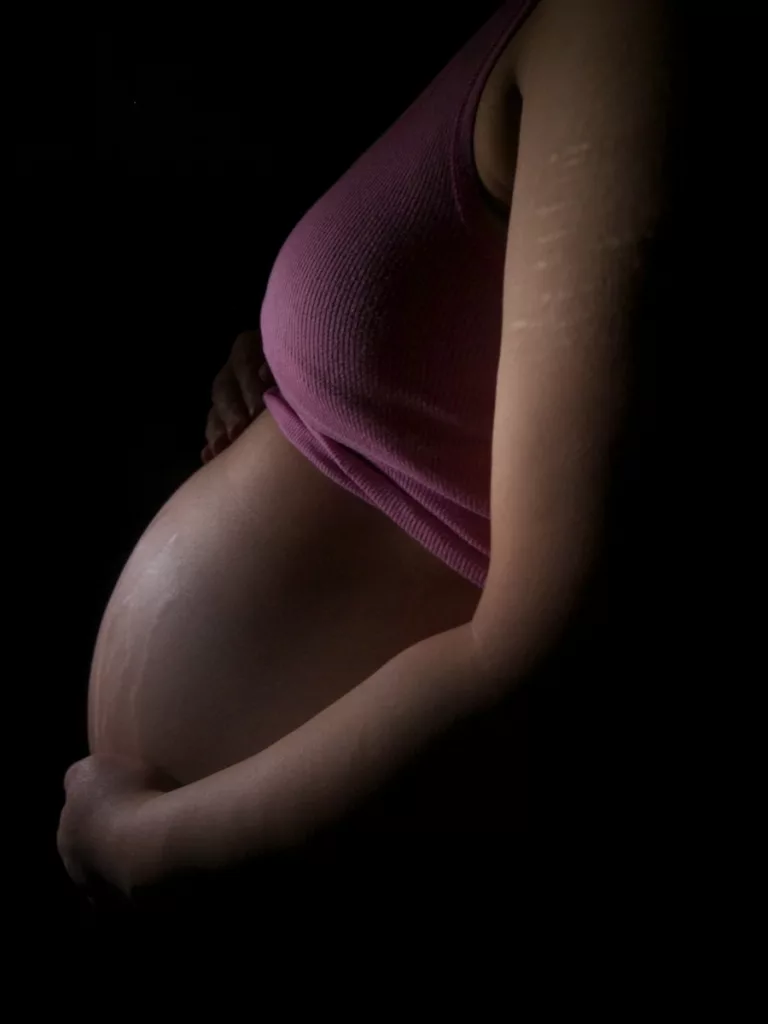
The largest organ in our bodies, our skin plays a significant role in how we perceive ourselves and how others perceive us. The appearance of our skin can have a profound impact on our body image and self-confidence. Learn about the key distinctions between stretch marks and cellulite at our Las Vegas medspa. Find effective treatments for both conditions and achieve smoother, healthier skin.
Two common skin conditions that many people encounter are stretch marks and cellulite. Both can be a source of concern and insecurity for those affected, but they are distinct conditions with different underlying causes and characteristics. This blog post aims to clarify misconceptions and understand the dissimilarities between stretch marks and cellulite.
What Are Stretch Marks?
Stretch marks, also known as striae, are narrow streaks or lines that develop on the skin due to rapid stretching or changes in the body’s shape. They often appear when the skin endures considerable stretching, such as during pregnancy, rapid weight gain or loss, growth spurts in adolescence, or bodybuilding.
The classifications of stretch marks by appearance or epidemiology include:
- Striae atrophicans (thinned skin)
- Striae distensae (stretched skin)
- Striae gravidarum (following pregnancy)
- Striae rubrae (red)
- Striae caerulea (dark blue)
- Striae nigra (black)
- Striae albae (white)
Stretch marks are primarily caused by the breakdown of collagen and elastin fibers in the skin’s middle layer, the dermis, leading to its thinning and the formation of those characteristic streaks.
Common locations for stretch marks include the abdomen, hips, thighs, breasts, and upper arms since these areas are more prone to stretching during various life events. Initially, stretch marks may appear red or purple, but they tend to fade over time, taking on a silvery or white hue.
What Is Cellulite?
Conversely, cellulite refers to the dimpled or lumpy appearance of the skin, especially in areas with underlying fat deposits like the thighs, buttocks, and hips. The appearance of cellulite is similar to the texture of an orange peel, which is why it is sometimes called “orange peel skin.”
Changes in the structure of the subcutaneous fat layer and connective tissue beneath the skin can cause cellulite. Fat cells pushing against the connective tissue create characteristic dimples on the surface. Hormones, genetics, poor circulation, and lifestyle factors can contribute to the development of cellulite.
Differentiating Stretch Marks and Cellulite
Many people get confused between stretch marks and cellulite, but they have distinctions.
Location on the Body
One of the critical differences between stretch marks and cellulite is their location on the body. Stretch marks commonly appear in areas prone to stretching during rapid changes in body shape or size, including the abdomen during pregnancy, the hips and thighs during weight gain, and the upper arms during bodybuilding. In contrast, cellulite emerges in regions with higher fat concentrations, such as the thighs, buttocks, and hips.
Appearance and Texture
Stretch marks and cellulite also differ in their appearance and texture. Stretch marks start as reddish or purple lines on the skin, which may be slightly raised or depressed compared to the surrounding skin. Over time, they fade and become silvery or white, blending in with the skin tone.
Conversely, cellulite is a lumpy or dimpled texture on the skin’s surface. The skin may appear uneven and bumpy, resembling the texture of an orange peel or cottage cheese. The dimples may become more apparent when the skin is pinched or pressed.
Impact of Weight Fluctuations
Weight fluctuations can influence stretch marks and cellulite but in different ways. When a person gains or loses weight rapidly, the skin may not have enough time to adapt to the changes, developing stretch marks.
On the other hand, cellulite may become more noticeable with weight gain as the fat cells in the affected areas enlarge and push against the connective tissue. However, weight loss may not eliminate cellulite, as other factors like genetics and hormonal changes also influence its presence.
Gender and Age Groups Most Affected
Both stretch marks and cellulite can occur in both men and women. However, hormonal and physiological differences make women more prone to developing cellulite than men. Pregnancy-related stretch marks are more common in women due to their bodies’ rapid changes during this time.
Stretch marks are more prevalent in pregnant women, adolescents during growth spurts, and individuals who experience significant weight fluctuations throughout their lives. Meanwhile, cellulite becomes more noticeable as individuals age due to changes in skin elasticity, connective tissue structure, and fat distribution.
Treatment Options for Stretch Marks and Cellulite
Both stretch marks and cellulite can be challenging to treat, and managing expectations regarding their complete elimination is essential. Various treatment options are available but may not yield uniform results for everyone.
For stretch marks, topical treatments containing ingredients like retinoids, hyaluronic acid, or vitamin C can help improve the skin’s appearance and texture. Chemical peel, laser therapy, and microdermabrasion treatments can also stimulate collagen production and reduce the appearance of stretch marks. Cosmetic procedures like dermal fillers or fractional laser treatments may be best in severe cases.
For cellulite, treatments such as radiofrequency, subcision, laser therapy, and acoustic wave therapy target the underlying fat and improve skin texture. Massage and lymphatic drainage techniques can also help improve circulation and reduce the appearance of cellulite. Lifestyle changes, including regular exercise and a balanced diet, can support overall skin health and minimize the appearance of cellulite.
Embracing Body Positivity
While understanding the differences between stretch marks and cellulite is essential, embracing body positivity and self-acceptance is also crucial. Many people have these common skin conditions, and they do not define one’s worth or beauty. Emphasizing body positivity and cultivating a healthy body image can empower individuals to feel confident and comfortable in their skin.
When To Seek Professional Help
Stretch marks are generally harmless, but cellulite can sometimes be tender and painful. If you have concerns about your stretch marks or cellulite and want to explore treatment options, it’s advisable to consult a dermatologist or a qualified skincare professional. They can assess your skin condition, recommend appropriate treatments, and guide you on managing and improving your skin’s appearance.
Conclusion: Stretch Marks and Cellulite
Stretch marks and cellulite are distinct skin conditions with different causes, locations, appearances, and treatments. Understanding their differences can help dispel misconceptions and myths and empower individuals to make informed decisions about their skincare.
While treatments and lifestyle changes can help manage the appearance of stretch marks and cellulite, it’s essential to remember that everyone’s body is uniquely beautiful. Embracing body positivity and self-acceptance is critical in maintaining overall well-being and self-confidence.

